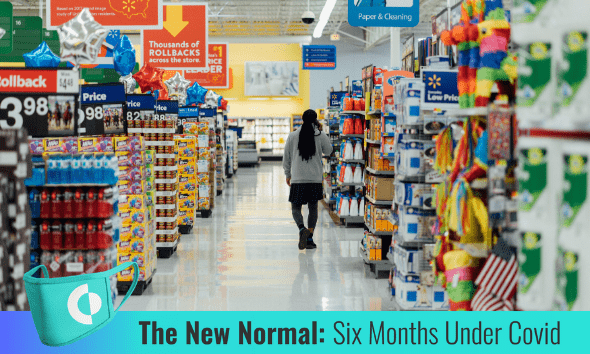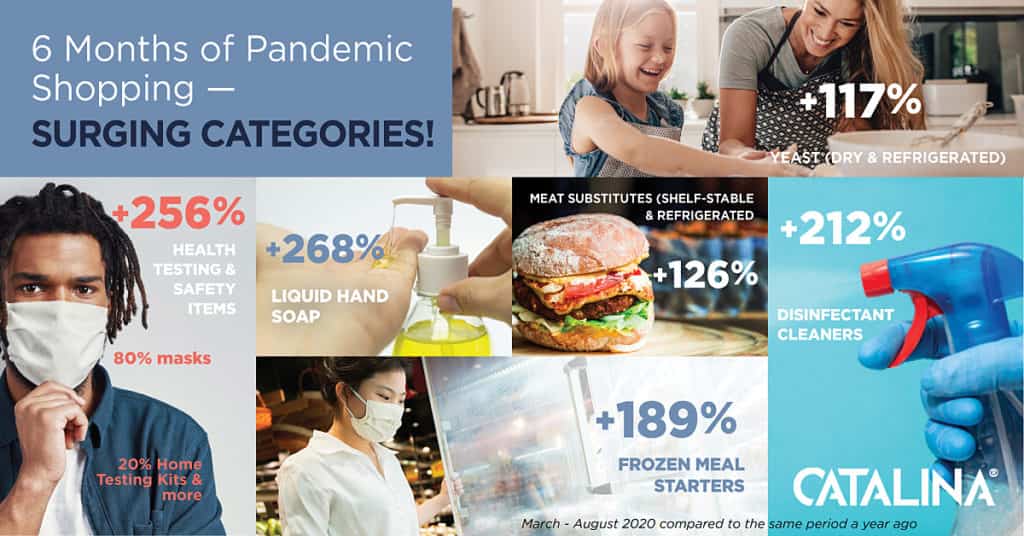Know
St. Pete tech firm finds profound shifts in grocery shopping during Covid-19 crisis

Grocery shopping has changed dramatically since Covid-19 was declared a pandemic.
Consumers are taking fewer trips to the grocery store than before the pandemic, but while they are there they are spending more, according to Catalina, a St. Peterburg-based technology firm that collects and analyzes shopping data nationwide.
In the past six months, shoppers have stocked up on soap and cleaning products, home health testing kits, frozen meal starters and meat substitutes, and yeast.

“Due to the pandemic, many new buyers came into center store categories that were declining in 2019,” said Marta Cyhan, chief marketing officer for Catalina.

Marta Cyhan
The home health testing kit category includes face masks. Many local governments, including Pinellas and Hillsborough counties, have mask mandates.
In August, shoppers made nearly 11 percent fewer trips to the grocery store than in August 2019. Shoppers made an average of 6.7 retailer trips per month in August 2020, down from 7.5 retailer trips a year earlier.
But shoppers made larger trips, spending an average of $49.28 per trip in August 2020, up 19 percent from $41.38 in August 2019. For the full month of August, shoppers spent an average of $330 at the grocery store, versus $310 last year.
One local grocery chain that’s felt the impact is Publix Super Markets. Sales were up $1.5 billion for the three months ended June 30 and increased $2.5 billion for the six months ended June 30 due to the impact of Covid-19, the Lakeland-based grocer said in a filing with the U.S. Securities and Exchange Commission. While payroll, transportation and other costs also went up to meet demand and protect the health and safety of workers and customers, the sales increase more than offset the additional costs, the filing said.
Catalina will stay on top of the trends emerging from its database, which includes up to three years of purchase history and more than 2 billion universal product codes, Cyhan said.
“These real-time insights have helped our retail and brand customers adjust their marketing, media and activation strategies, while also helping to inform their stocking and supply chain decisions,” Cyhan said. “We will continue to monitor our Buyer Intelligence Database to keep our customers informed of changing shopping behaviors and sales impacts, including when purchase cycles become more predictable, because this will have a big impact on supply chains and give marketers and retailers valuable insights on how and when to best market their brands.”







